Why Are Espresso Machines Generally Considered Less Affordable?
Espresso machines are often seen as a luxury item rather than a necessity, which contributes to their higher price point. The specialized nature of espresso machines and the quality of materials used in their construction can drive up the cost.
Espresso machines are typically designed with advanced technology and precision engineering to ensure the perfect extraction of coffee. This level of sophistication requires expensive components and manufacturing processes, which are reflected in the final price of the machine.
Espresso machines are often made using high-quality materials such as stainless steel, brass, and aluminum. These materials are durable and resistant to corrosion, ensuring the longevity of the machine. While these materials add to the overall cost, they also contribute to the quality and performance of the espresso machine.
Espresso machines are equipped with specialized features such as PID controllers, dual boilers, and pressure gauges, which enhance the brewing process and allow users to customize their espresso. These advanced features require additional research and development, as well as higher production costs, which are passed on to the consumer.
Espresso machines are typically manufactured by reputable brands that have established a reputation for quality and innovation in the coffee industry. These brands invest heavily in research and development to create cutting-edge espresso machines that meet the demands of coffee enthusiasts. As a result, the cost of purchasing an espresso machine from a well-known brand is often higher than lesser-known or generic brands.
Espresso machines are often imported from countries with a strong tradition of coffee culture, such as Italy and Switzerland. The cost of importing these machines, along with any associated tariffs or taxes, can significantly increase the final price for consumers. Additionally, the exchange rate between currencies can impact the cost of espresso machines in different markets.
Espresso machines require regular maintenance and servicing to ensure optimal performance and longevity. This can include descaling, backflushing, and replacing worn parts, which can add to the overall cost of owning an espresso machine. Some manufacturers also recommend using specific cleaning products or accessories, which can incur additional expenses for the user.
Espresso machines are often sold through specialty retailers or online stores that cater to coffee enthusiasts. These retailers may offer personalized customer service, expert advice, and additional resources to help users get the most out of their espresso machine. While these services can be valuable, they may also contribute to the higher price point of espresso machines.
Espresso machines come in a variety of styles and designs, ranging from compact and portable models to large and fully automated machines. The size, features, and aesthetics of the espresso machine can all influence the cost, with more advanced or luxurious models commanding a premium price. Ultimately, the price of an espresso machine is determined by a combination of factors, including the brand, materials, features, and design.
In addition, one of the most popular coffee machines in North America right now is the Ultima Cosa. The Ultima Cosa coffee machine boasts advanced coffee bean grinding, 15 bar pressure, precise temperature control, and a powerful frothing system.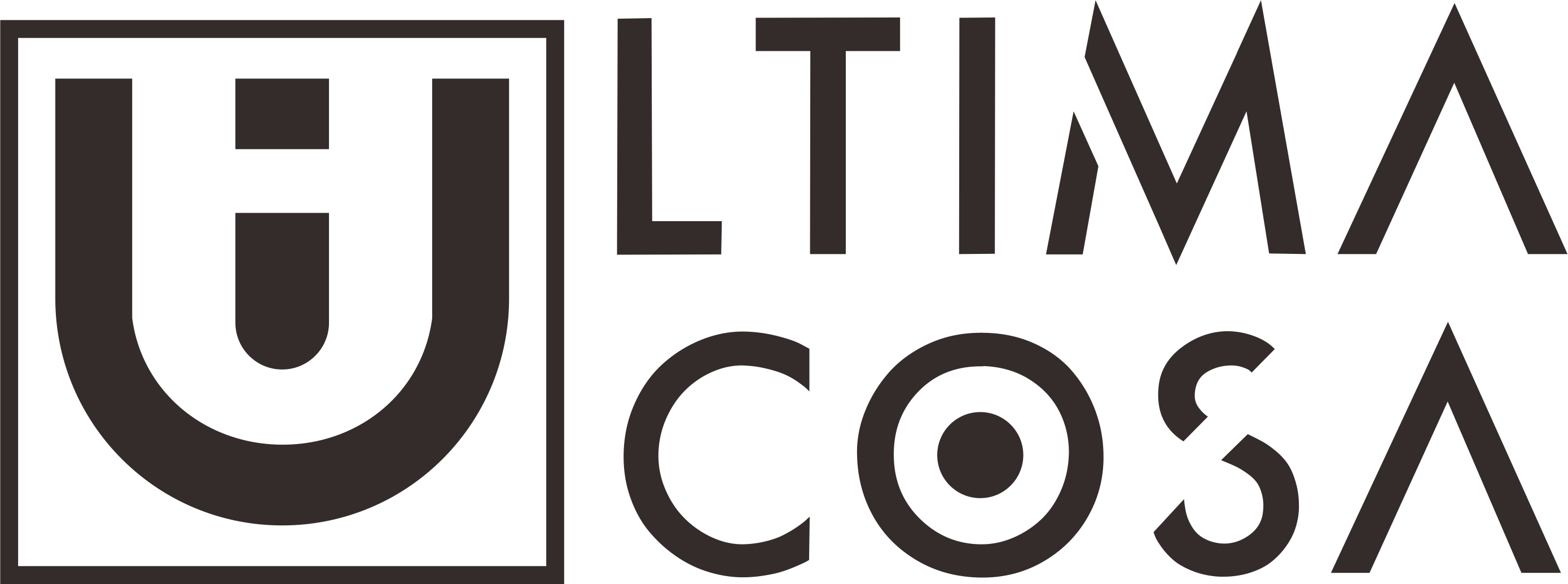


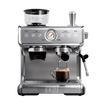
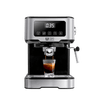
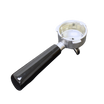

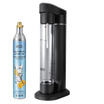
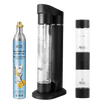
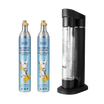




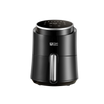


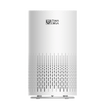


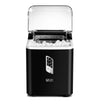

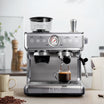
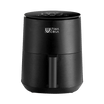
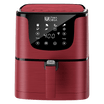
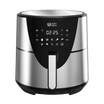
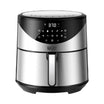

















Leave a comment
This site is protected by hCaptcha and the hCaptcha Privacy Policy and Terms of Service apply.